Biomedical Engineering Reference
In-Depth Information
of diameter. Therefore, the vessel model for simulating intervention
is now required to reproduce that thin-vessel lumen too. However,
other available fabrication methods do not satisfy that requirement.
b)
a)
Figure 3.1
Typical conigurations of cerebral artery: (a) Case A: 75 years
old, male. b) Case B: 54 years old, male.
a)
b)
c)
Figure 3.2
Typical conigurations of cerebral aneurysm: (a) Middle
cerebral artery (MCA) aneurysm, (b) basilar top (BT) aneurysm
and (c) basilar artery (BA) aneurysm.
Hence, it is very helpful to materialize the fabrication method
that allows constructing patient-tailored vessel model with sub-
millimeter modeling resolution. And in this patient-tailored
modeling, it is desirable to use medical imaging information such as
CT, MR and ultrasonic diagnosis, which are commonly available for
every case. This kind of patient-tailored high-precision vessel model
should provide a helpful medical platform for diagnoses, preliminary
simulations, pathological (hemodynamic) studies, surgical training,
and testing of medical instruments.

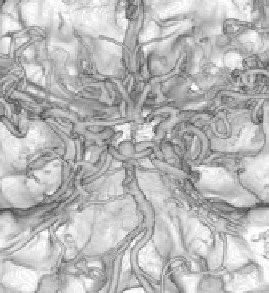
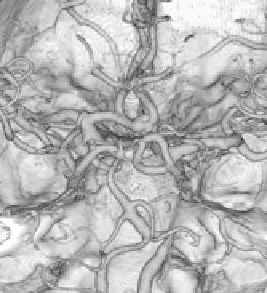


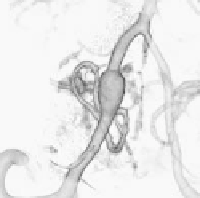

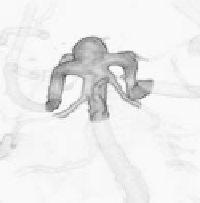

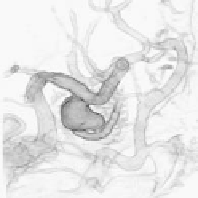
















































Search WWH ::

Custom Search